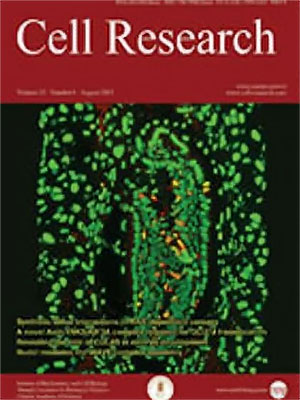
Volume 11, No 1, Mar 2001
ISSN: 1001-0602
EISSN: 1748-7838 2018
impact factor 17.848*
(Clarivate Analytics, 2019)
Volume 11 Issue 1, March 2001: 37-43
ORIGINAL ARTICLES
Hydrogen peroxide-induced changes in intracellular pH of guard cells precede stomatal closure
ZHANG Xiao1,2, Fa Cai DONG1, Jun Feng GAO2, Chun Peng SONG1,*
1Department of Biology, Henan University, Kaifeng 475001, China
2College of Life Sciences, Northwest Sci-Tech University of Agriculture and Forestry, Yangling 712100, China
Correspondence:
Epidermal bioassay demonstrated that benzylamine, a membrane-permeable weak base, can mimick hydrogen peroxide (H
2O
2) to induce stomatal closure, and butyric acid, a membrane-permeable weak acid, can partly abolish the H
2O
2-induced stomatal closure. Confocal pH mapping with the probe 5-(and-6)-carboxy seminaphthorhodafluor-1-acetoxymethylester (SNARF-1-AM) revealed that H
2O
2 leads to rapid changes in cytoplasmic and vacuolar pH in guard cells of Vicia faba L, i. e. alkalinization of cytoplasmic areas occur red in parallel with a decrease of the vacuolar pH, and that butyric acid pretreatment can abolish alkalinization of cytoplasmic areas and acidification of vacuolar areas of guard cells challenged with H
2O
2. These results imply that the alkalinization of cytoplasm via efflux of cytosol protons into the vacuole in guard cells challenged with H
2O
2 is important at an early stage in the signal cascade leading to stomatal closure.
FULL TEXT | PDF
Browse 2588


